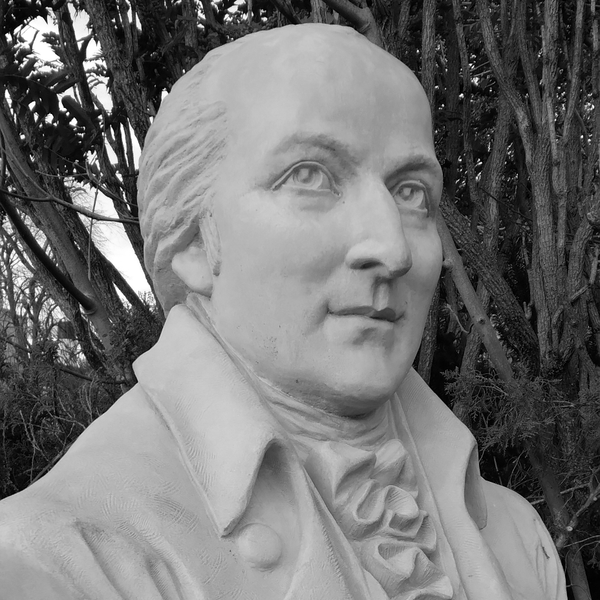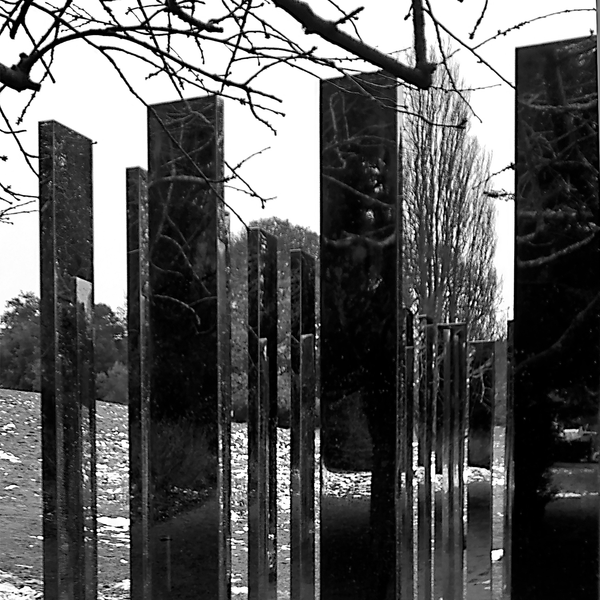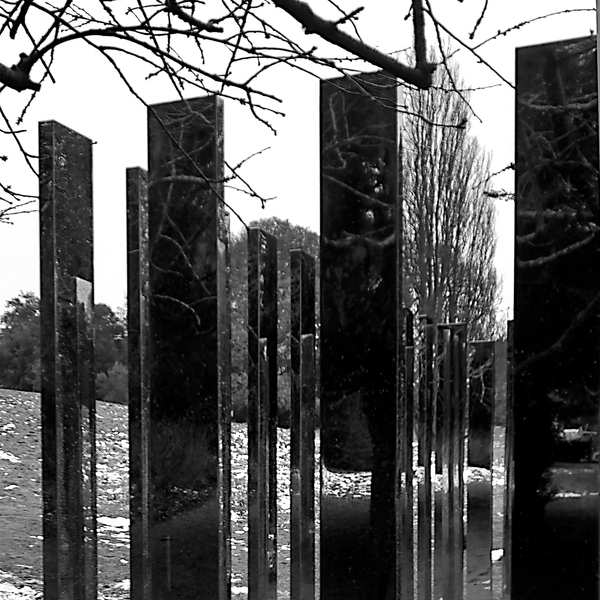Walking Words: Royal Fort to Wills Building
room 4 ECHOES
Location: Bristol, City Of Bristol, England, United Kingdom
A walk from the Royal Fort Gardens down to the Wills Building via Bristol Grammar School. Poets: Tony D'Arpino and Elizabeth Parker
Royal Fort
The house was constructed on the site of a Civil War fortification, which had two bastions on the inside of the lines and three on the outside. It was the strongest part of the defences of Bristol, designed by Dutch military engineer Sir Bernard de Gomme. It was one of the few purpose-built defensive works of the war era. The fort was designed as the western headquarters of the Royalist army under Prince Rupert. Royalists retreated into the fort when the Parliamentarians had broken through the lines in the siege of 1645, before eventually surrendering to Cromwell's forces. The fort was demolished around 1655. The "Royal" in the name was in honour of Prince Rupert, when he was made Governor of Bristol.
Gardens
Colonel Thomas Tyndall employed Humphry Repton from 1799 to landscape the gardens which form a small part of Tyndall's Park, which extended to Whiteladies Road in the west, Park Row in the south and Cotham Hill to the north.Over the years large parts of the park were sold for housing development, as the site for the Bristol Grammar School, purchased in 1877, and only a small part of the original area remains, as Royal Fort Gardens. The siting of drives in the Royal Fort park is still reflected in street plans today.
The Echoes

Royal Fort Gardens
Royal Fort Gardens Poet:Elizabeth Parker

The Urban Forest
Poet: Tony D'Arpino

BG Music

The Ancient Forest
Poem by Tony D'Arpino
Discover more geolocated content in our apps.
Or start creating tours, treasure hunts, POI maps... Just let your imagination guide you.